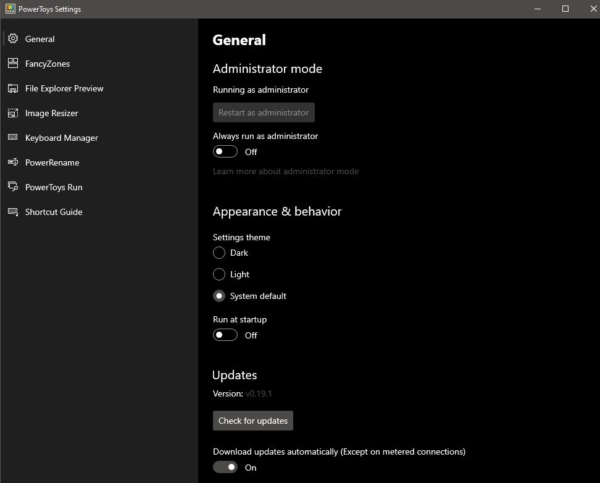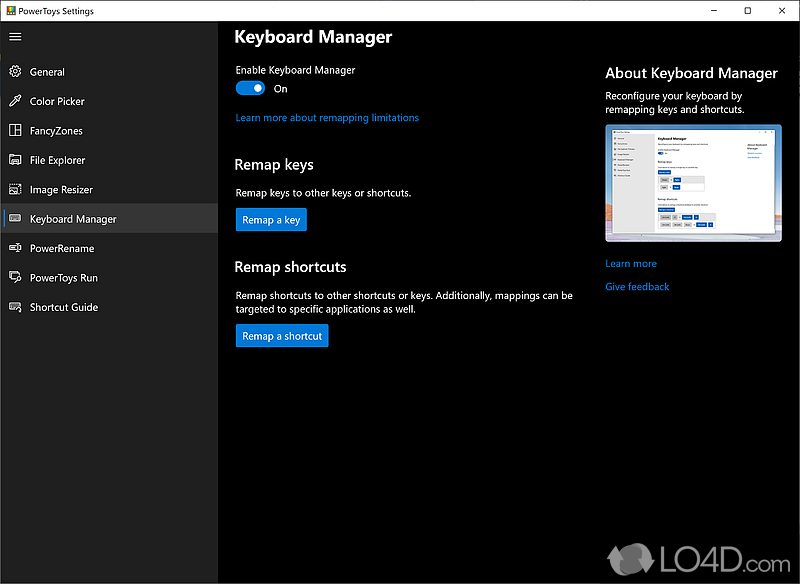
For example, pressing Ctrl+ C would result as ⊞ Win + left arrow + C. The order of keypress matters in this scenario as the action is executed during keydown, not keyup.

Key remapping will be maintained even if the remapped key is used inside another shortcut. To remap a key to a shortcut (combination of keys), enter the shortcut key combination in the "Mapped To" column.įor example, to press the Ctrl key and have it result in ⊞ Win + ← (left arrow): Physical Key: To swap key positions between the A and B keys, add another remapping with: Physical Key: Select the new key value to assign in the “Mapped To” column.įor example, to press A and have B appear: Physical Key: Once a new remap row appears, select the input key whose output you want to change in the “Physical Key” column. You must select the + button to add a new remap. When first launched, no predefined mappings will be displayed. To remap a key, changing it to a new value, launch the Remap Keyboard settings window with the Remap a Key button.


There are some shortcut keys that are reserved for the operating system or cannot be replaced.


 0 kommentar(er)
0 kommentar(er)
